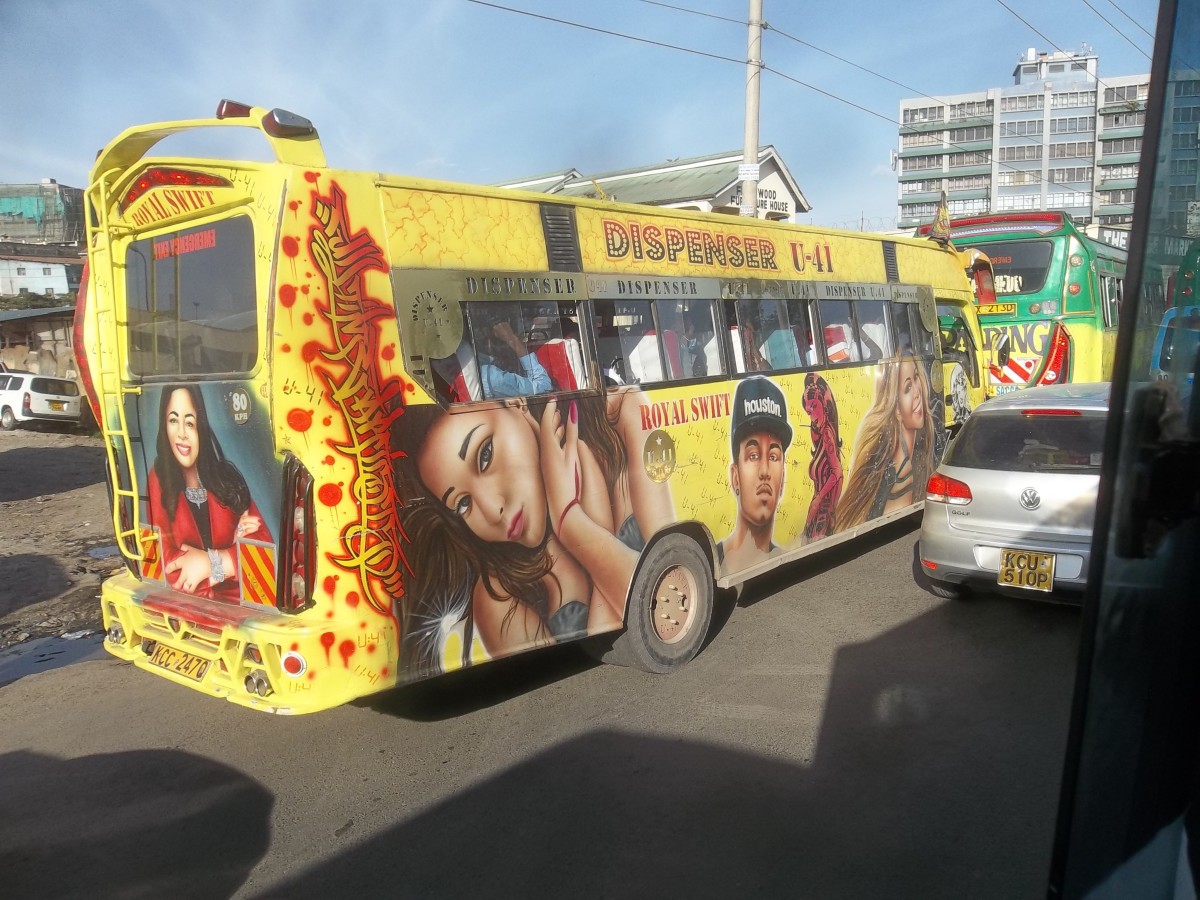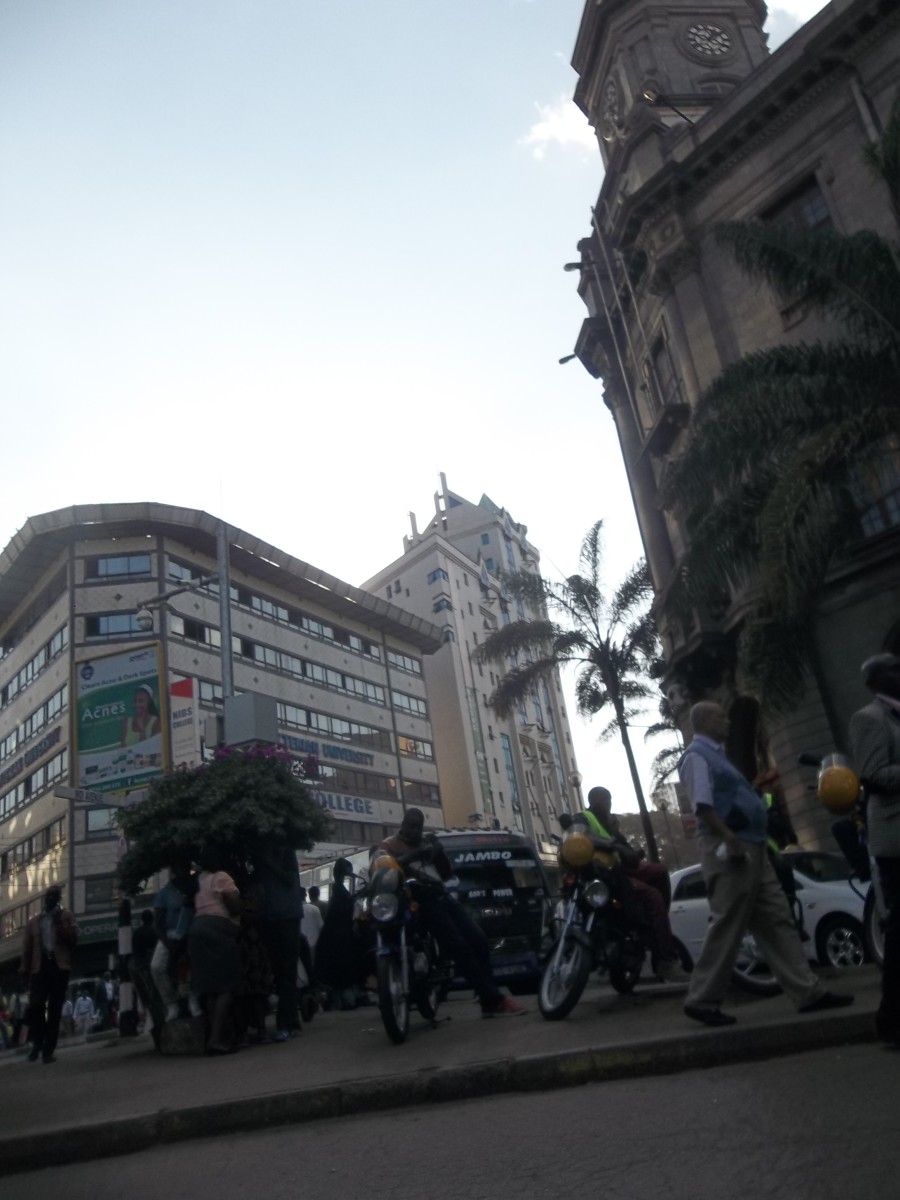Navigating Nairobi: A Guide to Public Transport in Kenya’s Capital

Nairobi - East Africa's Business Hub
Nairobi is the capital city of Kenya. It is also the largest city, with over 4 million residents. Another one million workers commute to the city every day from the outlying counties of Kiambu to the north and west, Machakos to the east and Kajiado to the south. Some commuters come from as far away as Murang’a and Naivasha towns in Murang’a and Nakuru counties, respectively. Nairobi has developed a unique home-grown commuter transport system to meet the transport needs of the population.
The Nairobi Metropolitan Area Transport Authority (NaMATA) oversees the regulation and management of public transport in the city. There have been plans to move public transport vehicles from the city center to designated termini on the outskirts. This has not worked, as it has always been met with opposition by stakeholders. The Nairobi Green Park terminus for vehicles from the southern regions has not been opened for use despite its completion in mid-2022. The Nairobi Integrated Urban Development Master Plan (NIUPLAN) aims to improve public transport infrastructure in the city with a Bus Rapid Transit (BRT) system and improved pedestrian and cycling infrastructure. Plans for this BRT were made over 10 years ago when special lanes were designated and marked. It is not clear why it has hit a rock; yet, the Tanzanian city of Dar-es-Salaam has implemented a BRT system after conceptualizing it at a much later date than the Nairobi one.
Public transport in Nairobi consists primarily of buses, Matatus, tricycles and motorcycles, popularly called Bodaboda. Matatus are 13-seater vans or larger vehicles that have been converted into minibuses with a higher capacity. Matatus are the most common form of public transport in Nairobi and they operate on fixed routes throughout the city.

Matatu Minibuses and the Matatu Culture
Matatus only carry sitting passengers. In the past, Matatus had a reputation for overcrowding. This ended with the regulations known as the Michuki Rules, which were introduced by a minister of transport in the Kibaki era. Some, of course, break this rule and have to face the consequences of fines or having to pay something to corrupt traffic police officers. Matatu drivers are, however, infamous for their disregard of traffic rules. Fares range between Ksh 20 during off-peak hours and up to 100 shillings during rush hours.
The Kenyan Matatu is a subculture that has distinguished itself by offering audio-visual entertainment. Commuters are treated to music at the very basic level. Other matatus offer music and video on several screens, placed at vintage points for each commuter to experience. Some matatus have WiFi and charging ports for mobile phones, all at no extra cost. On both inside and outside, the matatu surfaces are emblazoned with colorful images of musicians, actors, politicians, preachers, or anything else depending on the theme. On the other hand, this culture has been vilified for its contribution to noise pollution and, in some cases, its disrespect for commuters, especially when they complain about loud music. One popular sticker in Matatus has the words, "If the music is too loud, you are too old."
A few routes have commuter buses, which are more comfortable, stick to designated routes and comply with traffic rules. Double M, Embasava, City Shuttle and City Hopa are four examples of buses that ply on different routes in Nairobi.

Bodaboda - Commuting by Motorcycle
For shorter distances, motorcycles are a popular form of transport. The law allows a motorcycle to carry only one passenger, but they frequently break this law to carry two and sometimes even three passengers. They are most notorious for not complying with traffic rules, frequently driving on the wrong side of the road, carrying disproportionately large objects and having no insurance. All this happens under the noses of traffic police officers. Passengers use them at their own risk. They are not recommended for long trips. The lowest fare charged by a Bodaboda is Ksh. 50.

Use Your Mobile Phone to Hail a Taxi
For those desiring private and exclusive transport, Nairobi has over 10 different online hailing taxis. These include Uber, Bolt, Little Cab, Faras, Hava, Click Cabs and Sendy among others. There are also numerous other taxis owned by individuals that do not subscribe to online organisations. One is much safer with the online hailing taxis due to the data that is gathered for every journey. Besides, the commuter will know the details of the driver and vehicle right from the start of the journey. Taxis provide a safer and more comfortable option for transport but expect to pay up to 10 times the cost of using a Matatu.
Commuter Transport on the One-metre-gauge Railway
A commuter rail system is in operation in some parts of the city. The Nairobi Commuter Rail (NCR) Service, which operates on a fixed daily schedule, serves commuters on the Nairobi-Syokimau, Nairobi-Embakasi, Nairobi-Limuru, Nairobi-Kitengela and Nairobi-Ruiru routes. It uses the old one-metre-gauge railway, providing a cheap but usually congested service. It has been, however, unreliable due to frequent breakdowns of the locomotives, but things are changing as newer engines are introduced.
Ways to Improve Transport in Nairobi
There have been plans to add more lanes on most major roads. Where extra lanes have been developed, cyclists have not been taken into consideration. This should include dedicated lanes for cyclists and motorcyclists.
The Nairobi Commuter Rail Service should be expanded to serve sections of the city.
The city planners should increase the number of public-transport options. This can be done by getting rid of 13 seater vans and increasing the number of buses that have a capacity of up to 60 seated passengers. Further, creating lanes dedicated to cyclists will encourage more people to ride bicycles to and from work. Currently, the character and behaviour of Matatus and motorcyclists make the roads unsafe for non-motorised transport.
Safety and security in the Nairobi transport system can be improved by reducing corruption, which is perpetrated by Matatu owners and traffic police officers. Many of the large Matatus and buses have CCTV cameras, a trend that should be encouraged or made a condition for licencing.
Currently, the fares charged by most Matatus are based on the entire distance that will be covered. This means that someone dropping off halfway pays the same amount as someone covering the full distance. This is most unfair. In other parts of the world, fares depend on the distance covered. The Nairobi Metropolitan Area Transport Authority should set the fares per kilometre covered. Making fares reasonable will encourage motorists to use public transport and thereby ease congestion.
In the first term of President Uhuru’s government, an attempt was made to introduce cashless payments for Matatu. This was in an effort to reduce corruption. However, there was opposition from the Matatu owners and the cartels that receive cash from Matatu drivers at the bus stops.



Comments
Post a Comment
Your comments are very important to this blog. Feel very free to make your opinion known. We will respect it.